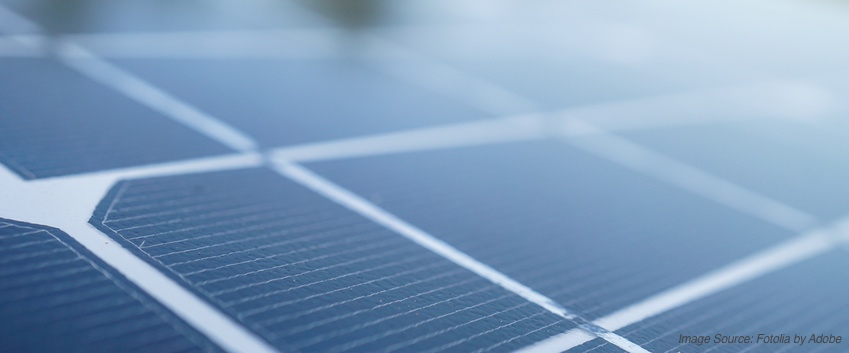India’s renewable energy generation capacity is now at a little over 57 GW. In nearly doubling the renewable energy portfolio in three years, the government has shown its commitment to low-carbon development. Record low tariffs, declining capital costs, swift and transparent auctions and allotment have made this possible, but much more needs to be done in order to meet the government’s ambitious target of 175 GW of new renewable energy capacity by 2022.
Figures from the ministry of new and renewable energy show that over the last two years, almost 21 GW of renewable energy has been added. Furthermore, it is estimated that there is a strong pipeline to achieve another 21 GW (of which 15 GW would be solar, 5 GW wind, 1 GW other renewable energy sources) in installed renewable energy capacity by 2019.
Technologies and India’s policy framework are growing in maturity and these fundamental changes have led to the equity, debt, and mergers & acquisitions (EDM) growing strongly in the renewable energy sector in general and especially in the area of solar energy. But with renewable energy being driven by innovations, the industry needs innovative financing as well.
Equity financing
The sources of equity capital for renewable energy projects have changed significantly. From 2009 onward the majority of renewable energy projects were funded either by venture capital and private equity funds, but there has been a shift happening ever since 2013.
Going forward, pension funds, sovereign funds, and utilities will dominate equity investments in this sector, along with significant avenues of capital-raising from capital market products like infrastructure investment trusts, triggered by a further increase in stability of cash flows, policies, and scale of renewable energy businesses.
Debt funding for renewable energy projects has also seen considerable change. In the initial years, projects were primarily funded by banks or non-banking financial companies. Recently, bank debt funding expanded not only in terms of flexibility of leverage, but infrastructure debt funds are playing an active role in refinancing operating renewable energy projects, thus improving the return profile of projects and freeing up balance sheets of banks and others for further lending.
However, the most significant development has been the ability of renewable energy projects to access debt capital markets. There have been significant bond issuances from domestic and international investors in recent years. Green bonds and masala bonds have been two important and innovative debt capital market instruments that have further improved the pricing and return profile of projects.
With India emerging as one of the largest renewable energy markets in the world, and one of the most attractive countries for renewable energy investment, there has been substantial interest from large global players. In the future, renewable energy is likely to see significant activity in terms of capital-raising and M&As.

